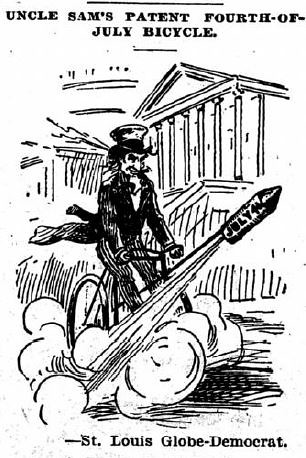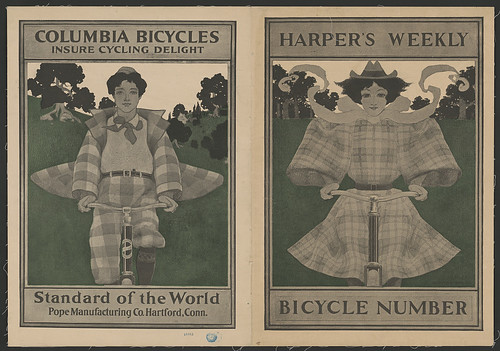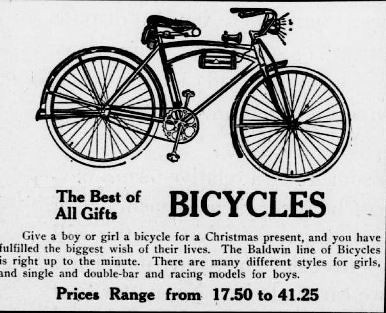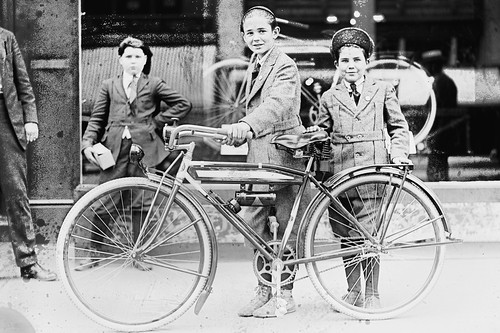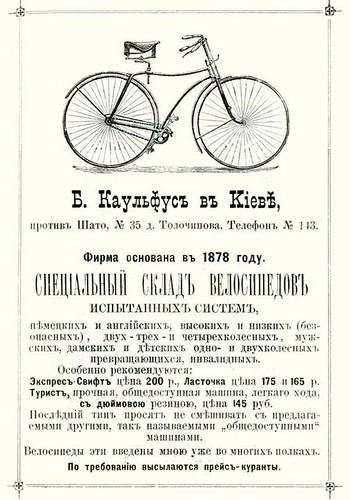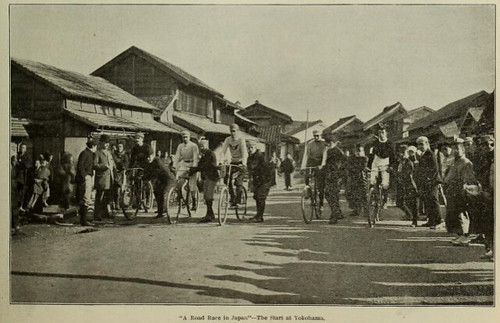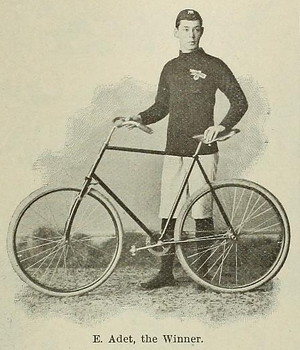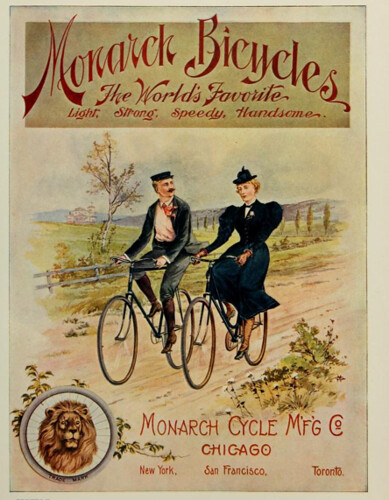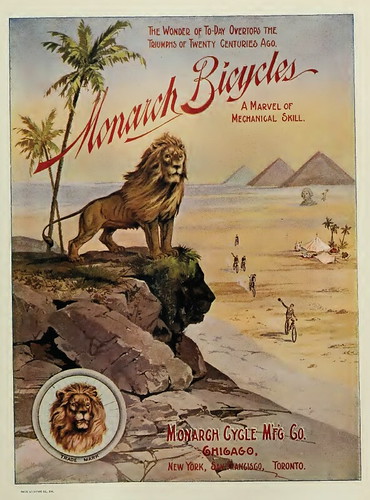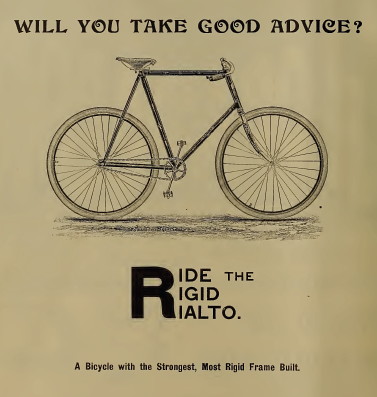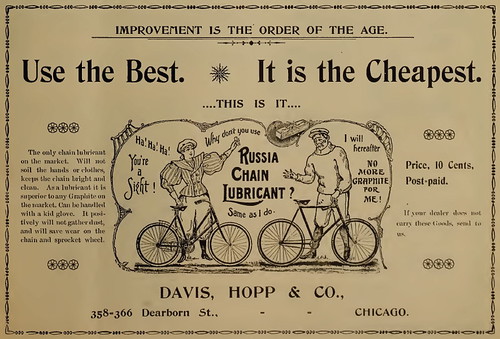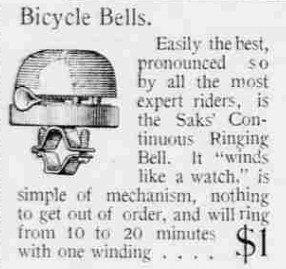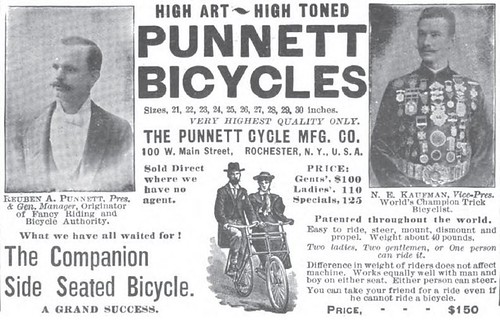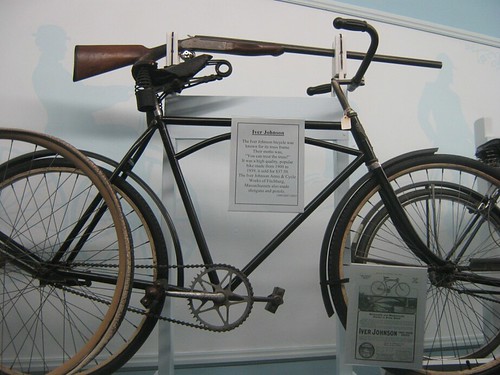
Three women on bicycles
Will H Bradley was the American illustrator who did this, which was to be included in an issue of Harper's Magazine. Published in 1895, this is just before the height of the "bicycle craze" of the 1890s.
This is an for the Overman Wheel Company and their Victor bicycles.
www.loc.gov/item/2002721219/
Title-Victor bicycles, Overman Wheel Company, Boston, New York, ... / Will H. Bradley
Summary-Three women on bicycles.
Created / Published-1895.
Notes
- Lithograph printed by Harper & Brothers, New York.
- Reverse: cover by M. Parrish for Harper's Weekly, Christmas, 1895 [can't see since encapsulated with backing sheet].
- Promotional goal: US. D41. 1895; US. K22. 1895.
- This record contains unverified, old data from caption card.
Medium-1 print (poster) : color.
Call Number/Physical Location-POS - US .B732, no. 25 (B size) [P&P]
Repository-Library of Congress Prints and Photographs Division Washington, D.C. 20540 USA>
Digital Id-cph 3b49660 //hdl.loc.gov/loc.pnp/cph.3b49660; cph 3a17246 //hdl.loc.gov/loc.pnp/cph.3a17246; cph 3a29202 //hdl.loc.gov/loc.pnp/cph.3a29202
Library of Congress Control Number-2002721219
Online Format-image
Description-1 print (poster) : color. | Three women on bicycles.
LCCN Permalink-lccn.loc.gov/2002721219
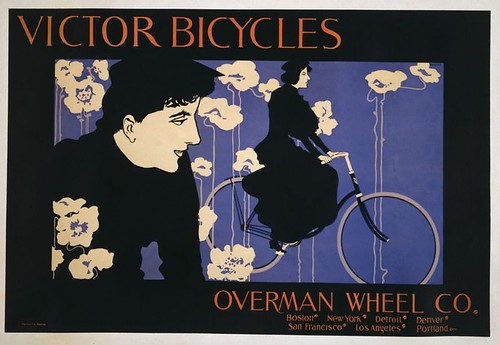
This poster, also be Bradley for Overman, is probably better known.
Title: Victor Bicycles Overman Wheel Co. / / Bradley.
Creator(s): Bradley, Will, 1868-1962, artist
Date Created/Published: Boston : Forbes Co., [1896]
Medium: 1 print (poster) : lithograph, color.
Summary: Poster advertisement for Overman Wheel Company's Victor bicycles, showing a woman watching another woman riding a bicycle. Includes art nouveau style flowers.
OOPS! I eventually realized that I blogged separately about these two different items some years ago. Here, however I consolidated the information. And expanded it, slightly. Oh well!
![Donaldson Bicycle Lithos [of 1896]](https://c4.staticflickr.com/9/8544/27877958203_363a76f689.jpg)


